The options for senior care these days can seem like an endless, confusing list full of unfamiliar terms and unclear distinctions. Does your loved one want an independent living setting or do they need more of a clinical nursing setting? Do they need just a bit of extra help in their own home or do they require assistance 24 hours a day? Assisted living is one of the many options available today in senior living care. Many families equate senior care with needing skilled nursing care or a “nursing home”, while in reality, assisted living may be the most appropriate choice for their loved one.
To help define who would best benefit from assisted living, it can be helpful to first describe who would not be an appropriate candidate for assisted living. People often confuse assisted living communities with skilled nursing facilities (sometimes referred to as nursing homes), but the two options vary greatly. Assisted living does not provide round-the-clock medical care like a skilled nursing facility. Residents in assisted living generally do not have severe cognitive impairment or extensive medical needs that require daily nursing services. Assisted living does not include more advanced medical care like managing catheters, IVs, wound care, or feeding tubes. Many times, residents needing skilled nursing care are dependent on a wheelchair, while assisted living residents may use mobile devices for their independence.
Assisted living falls in between being able to live completely independently and needing more advanced medical care services. A typical definition of assisted living is long-term care provided in a residential setting for older adults who need assistance with one or more activity of daily living (i.e., dressing, bathing, grooming, managing medications, etc.) to be able to live as independently as possible. Individuals who find it difficult to manage a health condition, domestic finances, or home maintenance may benefit from assisted living. Also, those facing loneliness and isolation may find an increased quality of life in an assisted living’s community setting.
Services and amenities can vary greatly from community to community. Most assisted living facilities offer several levels of care, allowing them to specifically address an individual’s unique needs. Residents of assisted living enjoy meals prepared for them, engaging activities, entertainment, and home maintenance provided. Most communities offer private apartments and common spaces where residents can socialize. Edna Meinhold, a resident at Snyder Village Assisted Living for the past four years, chose to move to assisted living for the extra help it provides after she experienced a stroke and loss of eyesight. After considering several other communities, Edna chose Snyder Village because of the amenities and all the fun activities that are offered. “I like the crafts, fellowship, and the games,” says Edna. “I’ve made new friends and it’s just really nice.”
If an individual has cognitive impairments such as Alzheimer’s disease or other forms of dementia, an assisted living community may not be able to provide the level of care that is needed. However, some assisted living communities contain a specialized wing providing memory care. Snyder Village’s Assisted Living is one such community where memory care is offered in a safe and secure setting. With its 20 private memory care apartments, Snyder Village offers a supportive community surrounded by a peaceful rural setting. Specialized activities are offered which focus on slowing cognitive decline and promoting physical activity, and assistance is provided by trained caregivers to give the level of attention individuals need when facing Alzheimer’s or dementia.
Costs for assisted living can range widely depending on the community’s location, the level of care the resident needs, and the apartment size chosen. Generally, the cost of assisted living care is less than the cost of a skilled nursing facility and, perhaps surprisingly, less than the cost of in-home care. The cost of care that is provided within an individual’s own home can add up quickly depending on the amount of care that is needed. The type of assistance provided by in-home care and assisted living communities are often similar, however, many of the amenities of an assisted living community cannot be offered by in-home care providers. Socialization with other residents, daily meals, organized activities, and on-site beauty salons and exercise rooms are just a few of the amenities available at most assisted living communities. When you factor in the cost of maintaining a home plus the expense of in-home care, assisted living is often the more economical choice.
If your loved one wishes to remain independent but needs some extra support, assisted living may be the perfect fit. Families have peace of mind knowing that their loved one can enjoy an independent lifestyle while having help available if needed. While it may not be the answer for every older adult who is searching for senior care, for many assisted living offers the ideal solution for a happier, healthier life. “I would tell others that they would never regret coming here (Snyder Village Assisted Living),” says Edna. “The staff and nurses are all so wonderful. It’s just a great place to live.”
Learn more about Snyder Village Assisted Living by calling (309) 367-2500 or by clicking here.
Snyder Village in Metamora is a Life Plan Community that offers independent living in its retirement cottages and apartments. Beautiful assisted living accommodations, memory care programs, skilled nursing care, and physical therapy are also available on campus. Its home care services support individuals in Peoria, Tazewell, Woodford, and Marshall Counties.





